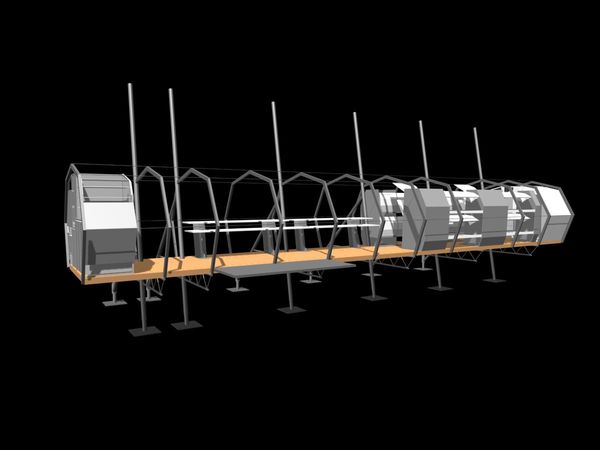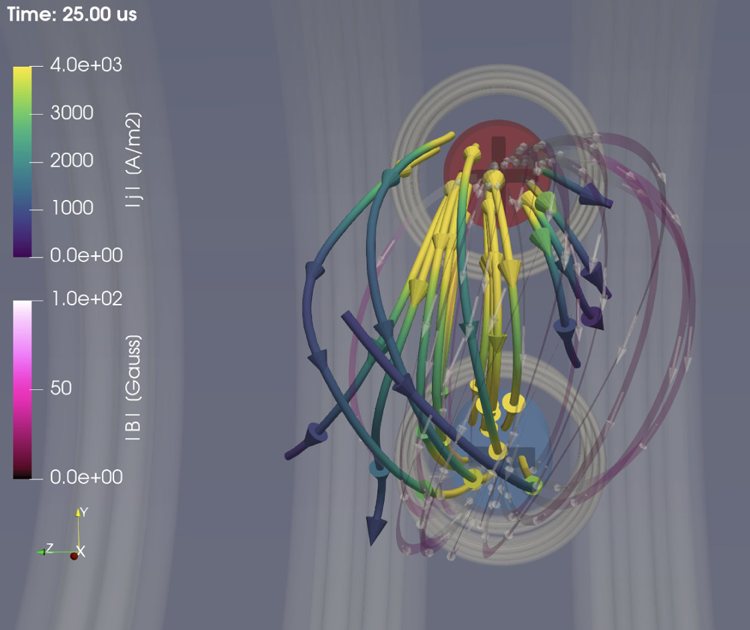Week 9: Space + Art - Angela Zhang
Space exploration serves as a boundless canvas for artists and designers, where the convergence of art and science evokes a mesmerizing dance of creativity and technological innovation. This unique interplay is brilliantly exemplified through the works of visionaries like Marko Peljhan and historical figures such as Chesley Bonestell.
Marko Peljhan’s initiatives at Projekt Atol merge space technology with artistic expression, creating immersive environments that delve into the complex interactions between technology, biology, and our ecological surroundings. These installations not only challenge our perceptions but also highlight the potential futures of human engagement with space technologies (Projekt Atol). Similarly, Chesley Bonestell, known as the "father of modern space art," has historically bridged the gap between scientific precision and imaginative art. His detailed portrayals of celestial bodies and spacecraft have inspired a legacy of viewing space as a place of both scientific inquiry and artistic exploration (Chesley Bonestell).
 |
| Architectural view of Makrolab. © Projekt Atol |
The influence of space on art is also evident in the work being done at UCLA’s Basic Plasma Facility, where research into space plasmas inspires visual art that captures the dynamic forces shaping our universe. This scientific insight is artistically rendered to make the invisible forces of space visually tangible (UCLA Basic Plasma Facility). Complementing this scientific-artistic endeavor is the architectural marvel of KSEVT (Cultural Centre of European Space Technologies) in Slovenia. Its design is inspired by space stations and it serves as an interdisciplinary hub where cultural studies of space technologies are explored through exhibitions and collaborative projects (KSEVT).
 |
| BaPSF - Evolution of an arched magnetized laboratory plasma in a sheared magnetic field |
 |
| KSVET Building in Solvenia |
Additionally, the Art & Zero Gravity projects, like the Cosmic Dancer, explore artistic expression in microgravity. These innovative projects allow artists to experiment in environments where traditional constraints such as gravity are absent, opening new avenues for creative expression (Cosmic Dancer).
References:
- "Chesley Bonestell's Space Art." Chesley Bonestell, www.chesleybonestell.com. Accessed 1 June 2024.
- "Basic Plasma Science Facility." UCLA, plasma.physics.ucla.edu/overview.html. Accessed 1 June 2024.
- "Marko Peljhan." Projekt Atol, projekt-atol.si/en/author-mentor/marko-peljhan/. Accessed 1 June 2024.
- "About KSEVT." KSEVT, www.ksevt.eu. Accessed 1 June 2024.
- "Art & Zero Gravity: Cosmic Dancer." Cosmic Dancer, www.cosmicdancer.com/gravity_and_art.php. Accessed 1 June 2024.
Hey Angela, I really enjoyed your blog. I appreciated your discussion about the conflicting relationship between scientific precision and imaginative art. I think that oftentimes there is a notion that these two cannot exist in unison so hearing about people such as Bonestell who are pushing the boundaries in the world of space exploration is nice to hear. I also enjoyed reading your thoughts on the constraints of gravity and how new forms of artistic expression are being created in which gravity is not a limiting factor. Overall, great blog.
ReplyDeleteHi Angela! Great blog. I especially appreciated your comments on the Basic Plasma Facility at UCLA whose work I also talked about in my blog! I think their research is really interesting to view from an artist's perspective even though I do not understand it in the slightest. BaPSF seems like an excellent example of art revealing itself in the most unassuming scientific fields. A lab working with giant plasma machinery such as the enormous toroidal plasma device (ETPD) in order to make groundbreaking work in plasma physics can somehow contribute visual art.
ReplyDelete